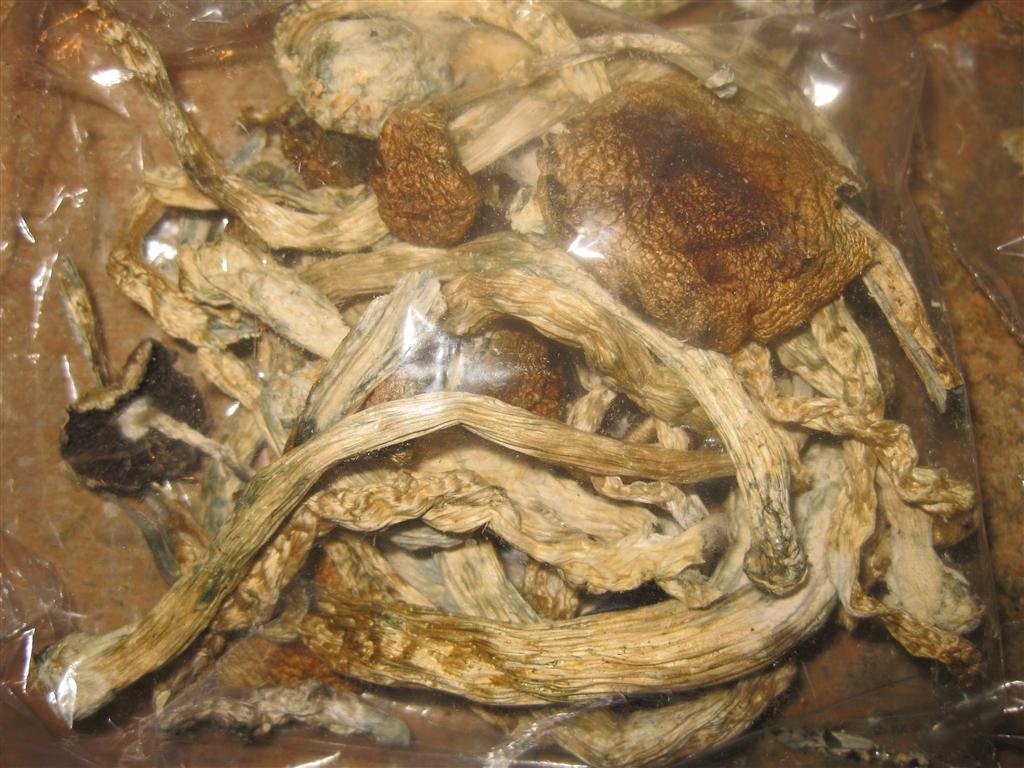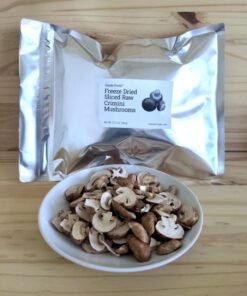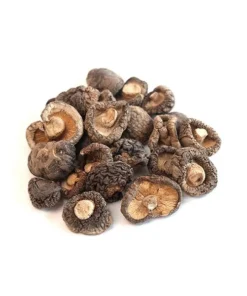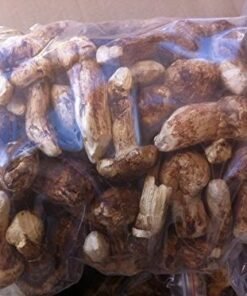Buy Psilocybe Cyanescens
$200.00 – $1,700.00Price range: $200.00 through $1,700.00
It is a potent psychedelic mushroom in the Psilocybe genus. The fruits of P. cyanescens have been shown to contain many different indole alkaloids including psilocybin, psilocin, and baeocystin. Psilocybe cyanescens grows today primarily on wood chips, especially in and along the perimeter of mulched plant beds in urban areas, but can also grow on other lignin-rich substrates
Psilocybe Cyanescens
Psilocybe cyanescens is a potent psychedelic mushroom in the Psilocybe genus. The fruits of P. cyanescens have been shown to contain many different indole alkaloids including psilocybin, psilocin, and baeocystin. Psilocybe cyanescens grows today primarily on wood chips, especially in and along the perimeter of mulched plant beds in urban areas, but can also grow on other lignin-rich substrates. P. cyanescens does not grow on a substrate that is not lignin-rich. Fruitings have been reported in natural settings previously psilocybe baeocystis(although most appear to be migrations from mulched plant beds.) The species rarely grows on mulch that is made from bark psilocybin cubensis.
In the United States, P. cyanescens occurs mainly in the Pacific Northwest, south to the San Francisco Bay Area. It can also be found in areas such as Western Europe, Central Europe, New Zealand and parts of West Asia (Iran, Tehran). The range in which P. cyanescens occurs expands rapidly, especially in areas where it is not native as the use of mulch to control weeds has been popularized. This rapid expansion of range may be due in part to the simple expedient of P. cyanescens mycelium having colonized the distribution network of woodchip suppliers and thus being distributed on a large scale with commercial mulch. Psilocybe baeocystis
Although it has been speculated that P. cyanescens’ native habitat is the coniferous woodlands of the north-western United States or coastal dunes in the PNW, the type specimen was described from mulch beds in Kew Gardens, and there is no widely accepted explanation of P. cyanescens original habitat.
Fruiting is dependent on a drop in temperature. In the San Francisco Bay Area, this means that fruiting typically occurs between late October and February, and fruiting in other areas happens in fall when temperatures are between 10-18 °C (50-65 °F).
P. cyanescens often fruits gregariously or in cespitose clusters, sometimes in significant numbers. 100,000 P. cyanescens fruits were once found growing on a racetrack in the south of England. Solitary fruits are sometimes also found. psilocybin cubensis
Appearance Psilocybe cyanescens has a hygrophanous pileus (cap)psilocybe baeocystis that is caramel to chestnut-brown when moist, fading to pale buff or slightly yellowish when dried. Caps generally measure from 1.5–5 cm (½” to 2″) across, and are normally distinctly wavy in maturity. The color of the pileus is rarely seen in mushrooms outside of the P. cyanescens species complex. Most parts of the mushroom, including the cap and Lamellae (gills, underneath the cap) can stain blue when touched or otherwise disturbed, probably due to the oxidation of psilocin. The lamellae are adnate, and light brown to dark purple brown in maturity, with lighter gill edges. There is no distinct annulus, but immature P. cyanescens specimens do have a cobwebby veil which may leave an annular zone in maturity. Both the odor and taste are farinaceous. P. cyanescens has smooth, elliptical spores which measure 9 – 12 x 5 – 8 µm. According to some authors, the holotype collection of the species from Kew Gardens featured no pleurocystidia,psilocybe baeocystis but North American collections are characterized by common clavate-mucronate pleurocystidia. However, pleurocystidia are present in the holotype collection (but not easily to observe since they collapse hymenium). In European collections of P. cyanescens, pleurocystidia are common and their shape is identical to those known from the United States. In 2012, an epitype from Hamburg, Germany was designated. Fresh sporocarps and mycelia of P. cyanescens generally bruise blueish or blue-green where damaged, and the staining remains visible after drying. This staining is most noticeable on the stem (which is white when undisturbed) but can also occur on other parts of the mushroom, including the gills, cap, and mycelium. This staining is due primarily to the oxidation of psilocin. (Psilocybin cannot be oxidized directly, but is quickly converted via enzymatic action to psilocin at injury sites which can then be oxidized, so even specimens with little psilocin still generally blue.) Psilocybe cyanescens in situ psilocybin cubensis
Galerina marginata mushrooms are an extremely dangerous species which contain the same deadly amatoxins found in the death cap. They have similar habits and appearances, and the two mushrooms bear such a superficial resemblance to each other that new mushroom-seekers may confuse the two. The two species can grow side by side, which may add to the chance of confusion. Psilocybe baeocystis This mushroom can cause death and severe liver damage as well as vomitting, diarrhea, and hypothermia if not quickly treated. psilocybin cubensis
The size is roughly the same and the typical darkening at the base of the stem of Galerina species can be mistaken for the bluing reaction of Psilocybes. The spore colors are similar. Psilocybe species yield a purplish brown spore print versus the redder brown of a Galerina.
| Quantity | 1 Ounce, 1 POUND, 1/2 Pound, 2 Ounces |
|---|
Be the first to review “Buy Psilocybe Cyanescens” Cancel reply
Related products
Edible Mushrooms
Edible Mushrooms
Edible Mushrooms
Edible Mushrooms
Edible Mushrooms
Edible Mushrooms
Edible Mushrooms
Edible Mushrooms




















Reviews
There are no reviews yet.